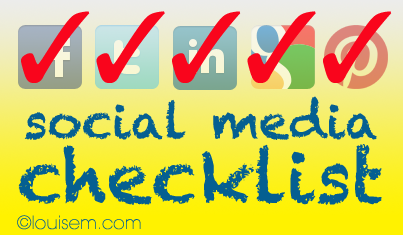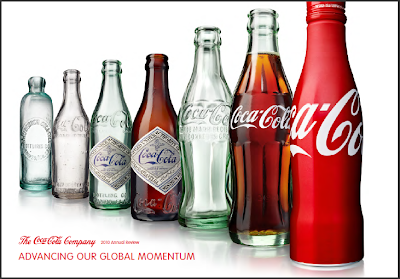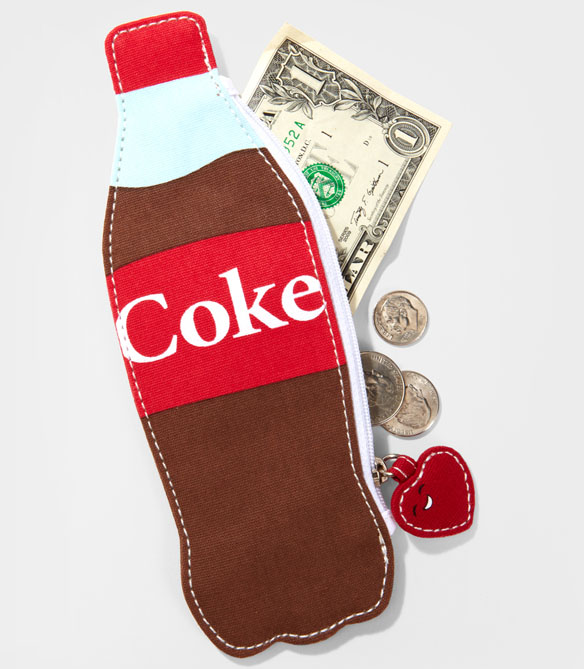If you are a frequent reader of the Tandem Interactive Blog, you are familiar with all our team and know that my main focus is on NeuroMarketing. When you are conscious of the tactics it is very easy to identify all of the big corporate names that are using these tactics to their advantage to help with their sales and branding. But if you are not familiar with NeuroMarketing, you are just a pawn in this game these companies are playing.
In the midst of the holiday weekend, I found myself juggling between work, shopping, family, and the like that I thought it was time to just order a pizza and relax. To my surprise I find myself inspired by my Domino's Pizza purchase and made it my focus for this blog post. Everything about the Domino's experience is based off of a NeuroMarketing platform. Let's exam the entire process:
When you go to their website for an online order, this is the home page (on Dec. 2, 2013):
They give the user exactly what they are looking for:
- Pictures of food - the user is obviously hungry so the pictures simulate the users appetite to help initiate the purchase. They do not limit the photos to just pizza, but they include all of their food options.
- Pricing- The pricing is very clear, bright red (to capture the users attention), and bigger than any other text on the page.
- Emotions - they use the St. Jude Meal Deal to help push more purchases. You have the option of adding a $1 donation to any order, but they put together a package of 2 pizza ($5.99 each), bread ($2.99) and a 2-liter ($2.69)... So for a meal that actually cost you $17.66 plus the $1 donation to St. Jude's (so $18.66 total) is actually $1.33 more when it is labeled the 'St. Jude Meal Deal'. So a person that is generous or a supporter of the cause, would see this promotion and naturally think, let me get this meal deal and help the cause... Not realizing that they are actually paying 7% more for this meal than what it would cost to individually add these items to the cart seperatly in addition to the donation. You may think that $1.33 isn't that much more, that you may not care to pay the extra, but it may be better to think of this number in a percentage so you can see how much the different may be. Let's think that 100 people a day will purchase the 'St. Jude Meal Deal' so a total of $2000 in sales; and an extra 7% or $140 that was made. You case see how slowly this starts to add up. So a meal deal that seems like you are contributing to a good cause, you are actually the victim of 'Feel Good Marketing'; the theory that you made a purchase that made you feel good although you may have been baited into.
So after you make the purchase, the psychology doesn't end there. To my surprise, once the pizza is delivered you get your box of yummy goodness in box and you go to open the box and what is the first thing you see before the pizza... Instagram. Directions on how to take the perfect #PizzaPics, how to tag Domino's, and how to share your experience. So here they are using you and your social media to help promote their business through photos. So you are telling your friends, "Hey look at what I just got for lunch!"; which in turn could possible make them want to order a pizza. Then you are endorsing the brand of Domino's by saying, "Look at my positive experience".
Don't feel like you are a victim of Domino's awesome marketing because I could have never wrote this post if I too wasn't roped in! You can see pictures of my pizza and more at #PizzaPics on Instagram and until December 8th you can take advantage of 50% off of any pizza :) For more tips and tactics on NeuroMarketing and all marketing keep up to date with the Tandem Interactive Blog! Have a great week and Happy Holidays!























